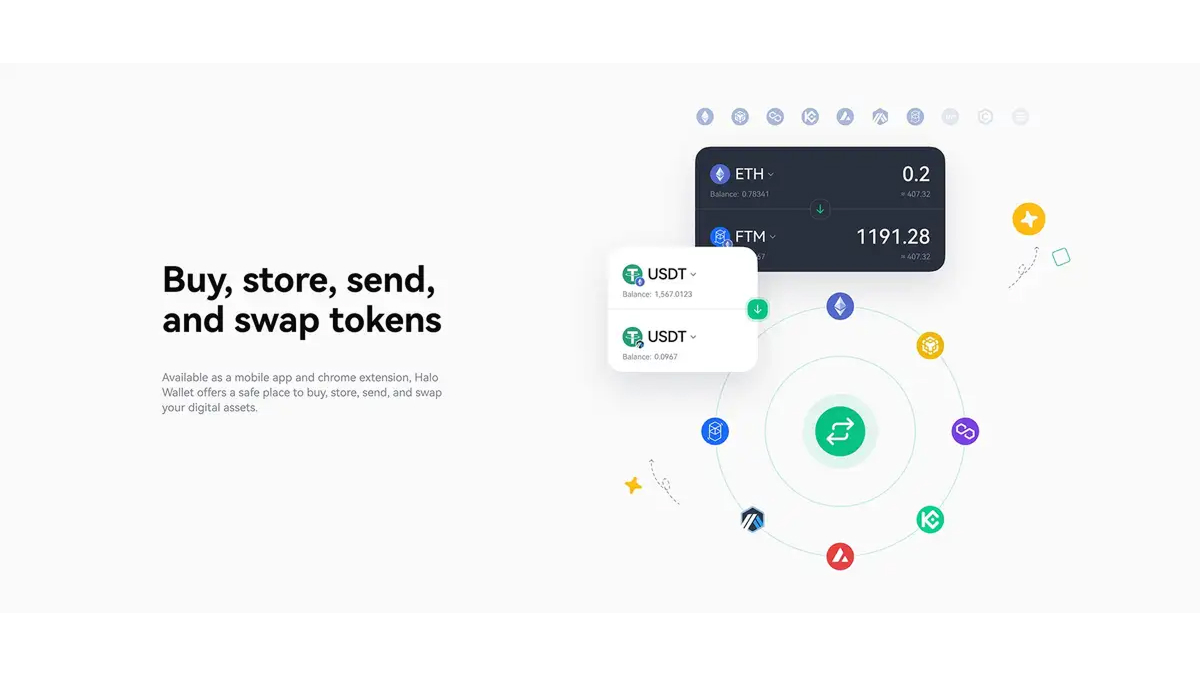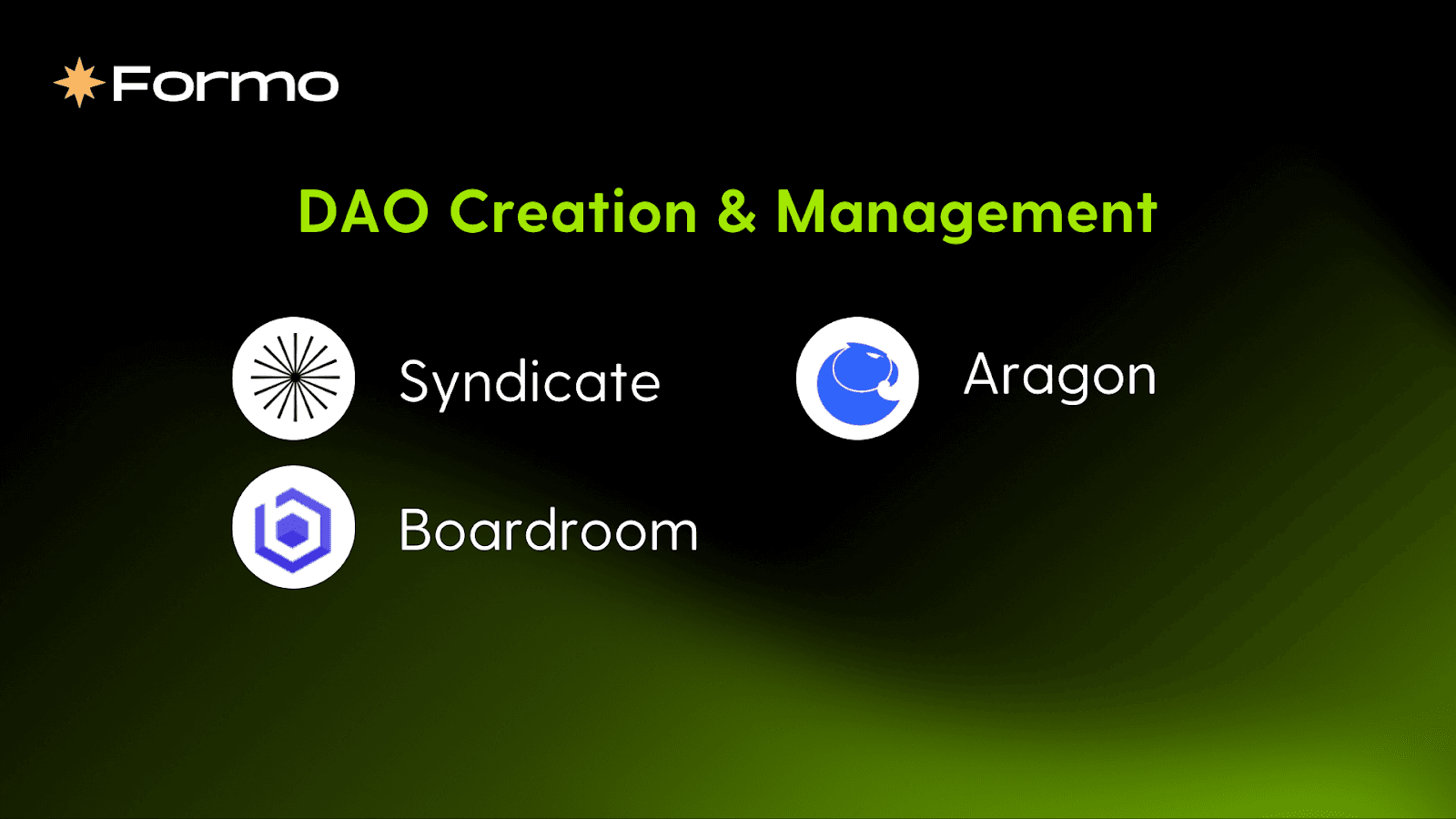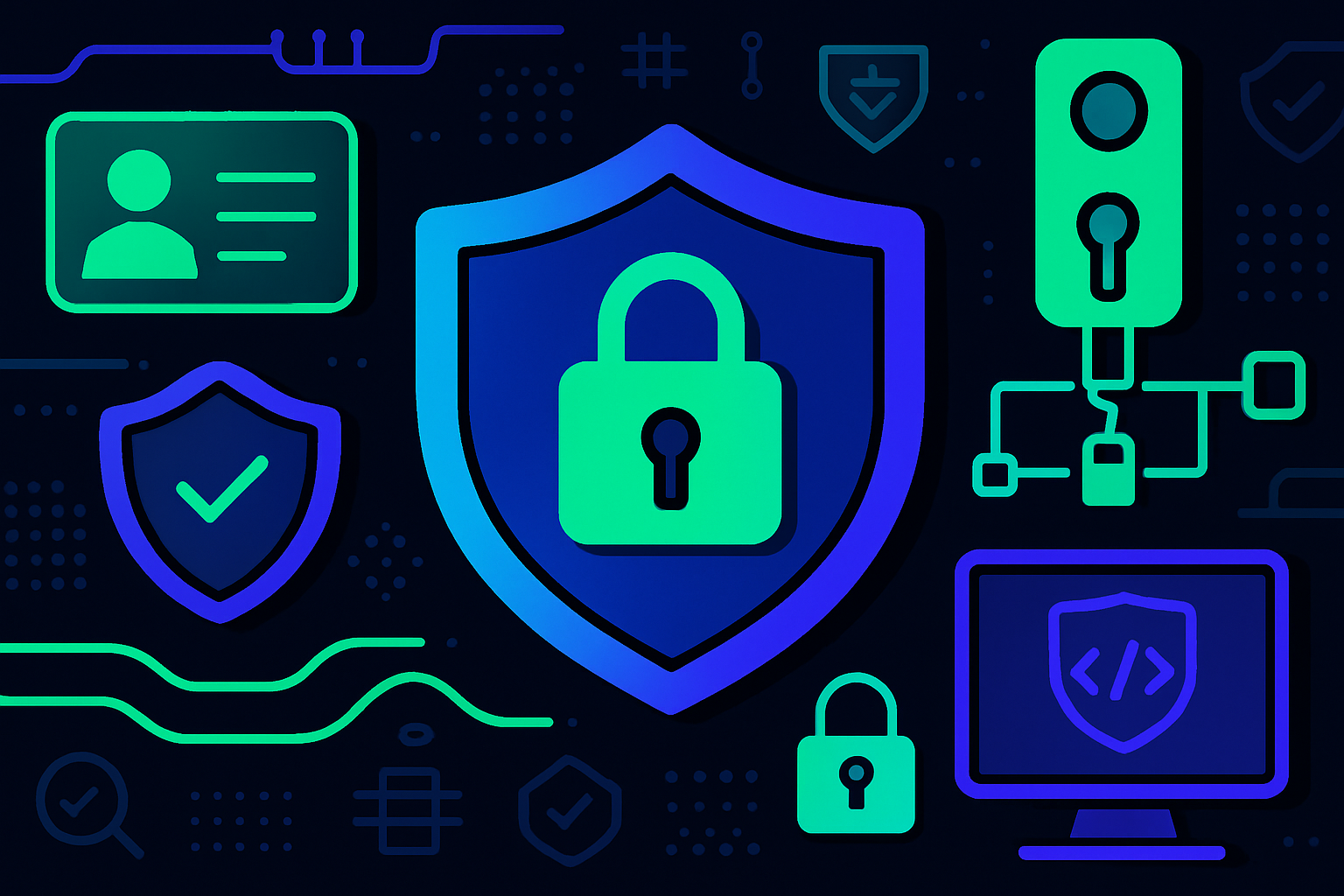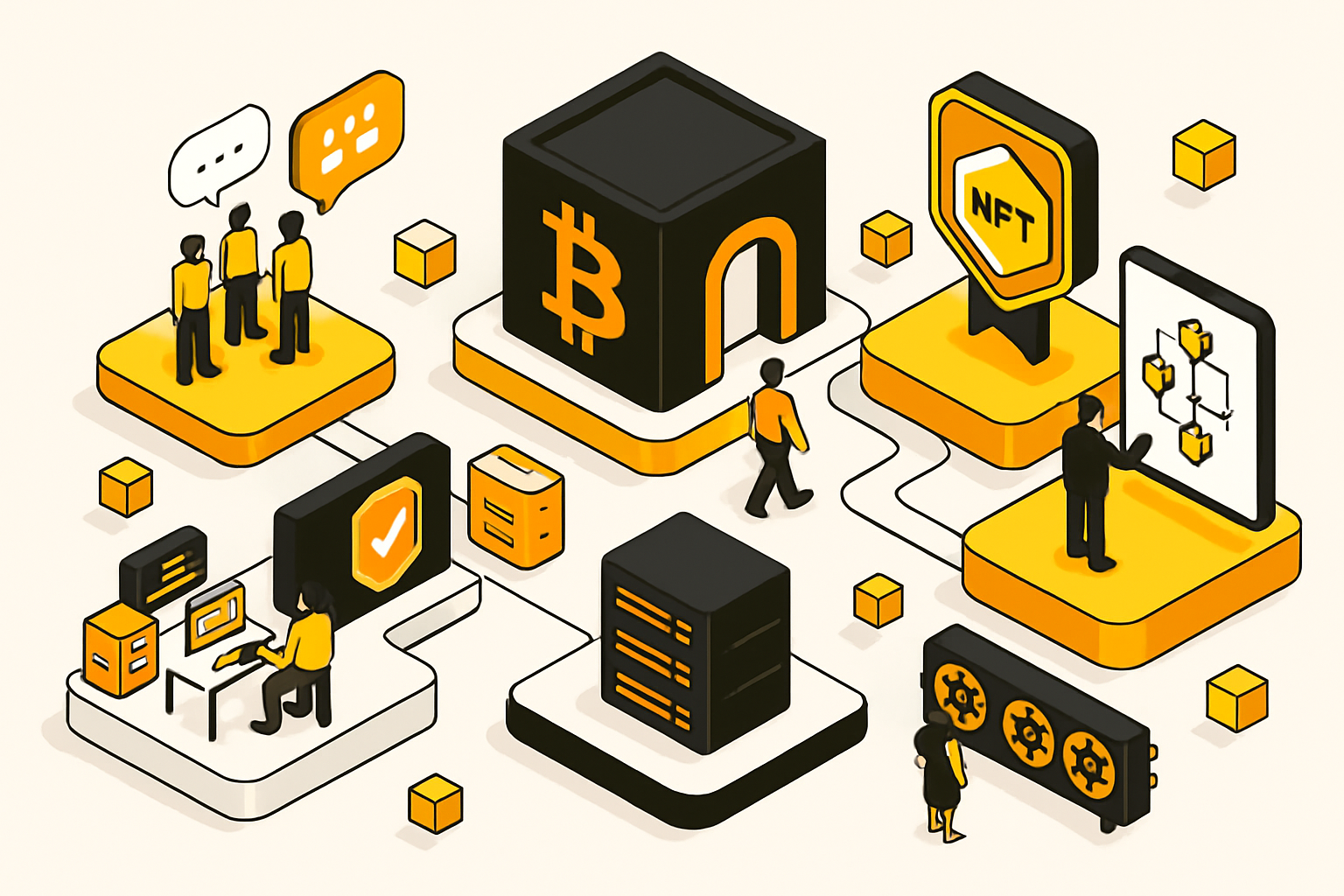
In the rapidly evolving landscape of Web3, OG badges have emerged as more than just digital collectibles. These governance NFT badges are now a cornerstone of decentralized identity and power within DAOs (Decentralized Autonomous Organizations). As communities seek new ways to recognize early contributors and reward ongoing engagement, OG badges offer a transparent, on-chain solution that bridges reputation with real governance influence.

What Are OG Badges and Why Do They Matter?
The term “OG” (Original Gangster) has been reimagined in Web3 circles to honor those who were early supporters or foundational contributors to a project or DAO. In practice, an OG badge DAO system uses unique NFT badges to represent this status. These badges are not just vanity items – they serve as proof of participation, commitment, and expertise. Their value lies in their ability to:
- Signal trust: Members with OG badges are often viewed as reliable voices within the community.
- Unlock governance rights: Many DAOs tie voting power or proposal rights directly to badge ownership.
- Access exclusive resources: Some communities restrict certain documents or channels to verified badge holders.
- Build portable reputation: Because these badges are on-chain NFTs, your reputation can travel across different projects and platforms.
This system is gaining traction because it addresses two persistent challenges for DAOs: incentivizing meaningful participation and ensuring that governance is both transparent and merit-based. For a deeper dive into how NFT badges power decentralized governance, see this guide.
Earning OG Badges: Pathways for Contributors
Earning an OG badge isn’t about luck – it’s about consistent value delivery. Here’s how you can position yourself to claim these coveted credentials:
- Active Participation: Regularly attend community calls, contribute to discussions, and help shape project direction.
- Bounty Completion: Many DAOs issue bounties for tasks ranging from technical development to content creation. Completing these tasks is often rewarded with contributor or even OG badges.
- Skill Development and Mentorship: By joining guilds or working groups within the DAO and mentoring others, you can demonstrate expertise worthy of recognition through a badge.
- Community Engagement: Onboarding new members, running outreach campaigns, or acting as an ambassador can also earn you early supporter recognition in the form of an OG badge.
A great example comes from projects like MeritDAOcracy, which issues soulbound badges based on completed bounties – making governance power directly reflect ongoing contributions. For step-by-step instructions on claiming your own badge in similar systems, check out
.
The Role of Governance NFT Badges in DAO Voting Rights
The real innovation behind OG badges lies in their integration with DAO voting mechanisms. Unlike traditional token-weighted systems that favor large holders regardless of their involvement, governance NFT badges enable DAOs to assign voting rights based on verified contributions. Here’s how it typically works:
- Dynamic Reputation Systems: Solutions like DAOBadgeX allow badges to evolve over time as members complete more tasks or reach new milestones.
- Soulbound Badges for Non-Transferable Power: Some DAOs use non-transferable (soulbound) NFTs so that governance influence cannot be sold or transferred – only earned through action.
- Tiers and Access Controls: Different badge tiers (e. g. , OG vs Elite) may unlock progressively greater voting weight or access privileges within the community.
This approach not only enhances fairness but also encourages sustained engagement by ensuring that only active contributors shape key decisions. For more insights into best practices for managing contributor badges in Web3 communities, explore our detailed coverage at this link.
OG badges are also powerful tools for building a verifiable on-chain reputation. As you accumulate governance NFT badges across multiple DAOs, your wallet becomes a living resume that showcases your expertise, reliability, and history of meaningful participation. This portable reputation can open doors to new opportunities, collaborations, and even leadership roles in other Web3 communities. In an ecosystem where trust is often scarce and anonymity is common, these badges serve as crucial trust signals.
Best Practices: Managing and Leveraging OG Badges
For both DAO administrators and contributors, maximizing the impact of OG badges requires thoughtful design and transparent processes. Here are some key best practices to ensure your badge system drives real value:
- Transparent Criteria: Clearly outline what actions or milestones are required to earn each badge. Publicly documenting these requirements prevents confusion and helps maintain fairness.
- Dynamic Badge Evolution: Implement badges that can evolve based on ongoing contributions. For example, an OG badge might gain additional features or visual upgrades as the holder completes more impactful tasks.
- Integration with Governance Frameworks: Tie badge ownership directly into voting power or proposal rights. This ensures that governance influence reflects current involvement rather than static snapshots of past activity.
- Community Verification: Allow for peer validation or endorsements to further legitimize badge holders’ contributions and deter gaming of the system.
If you’re looking for a step-by-step approach to creating and distributing contributor badges as NFTs, including technical guides and real-world case studies, our resource on best practices for Web3 communities offers a comprehensive starting point.
Beyond Voting: Unlocking New Layers of Community Engagement
The utility of OG badges goes well beyond simple voting rights. Many DAOs now use badge tiers to gate access to exclusive content, private chat channels, early product releases, or curated networking events. Some projects even link their early supporter badge Web3-style rewards to token incentives or airdrops – further motivating sustained engagement from their most dedicated members.
This tiered approach is especially visible in innovative platforms like EdgenTech’s badge system, where users can progress through different levels (Aura, OG, Elite) by completing progressively challenging tasks. Such systems not only gamify participation but also create clear pathways for newcomers to ascend into positions of influence within the DAO.

Security Considerations: Protecting Badge Integrity
As with any powerful reputation mechanism in Web3, it’s essential to guard against manipulation. DAOs must implement robust verification processes – such as multi-signature attestations or automated proof-of-work checks – before issuing an OG badge. Additionally, non-transferable (soulbound) NFTs are increasingly favored because they prevent secondary market sales or “badge farming” by speculators who have not genuinely contributed.
A secure and transparent badge issuance framework not only protects the integrity of your DAO’s governance but also reassures members that their efforts will be recognized fairly over time.
The Future of OG Badges in Decentralized Governance
The evolution of governance NFT badges is just beginning. As DAOs mature and cross-community collaboration grows more common, we can expect new standards for interoperability between different badge ecosystems – making it easier than ever for contributors to carry their reputational capital from one project to another. Ultimately, this trend points toward a more meritocratic Web3 landscape where active participation is reliably rewarded with both status and tangible influence.
If you’re ready to start earning your own OG badge DAO credentials or want deeper insights into how NFT-based systems can enhance transparency and voting in decentralized organizations, explore our guide on how governance NFT badges enhance transparency and voting in DAOs.




